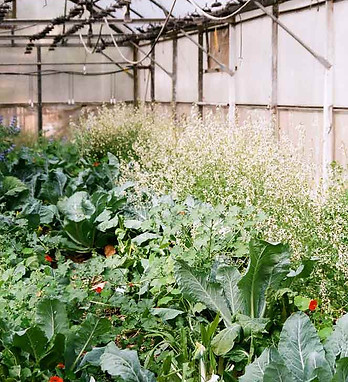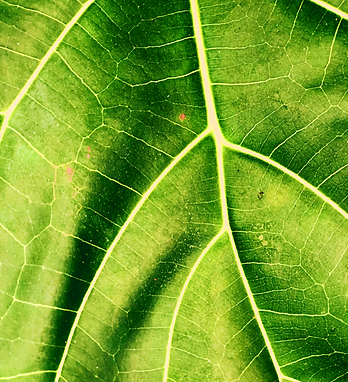INITIAL STATISTICAL DATA


MATE
Scientific name:Lagenaria Vulgaris
Common Name: Mate, Porongo
Origins: Worldwide spread
Heighth: 3,5 m the fruit, 1,5-2 m the plant
Age: 1 year
Reign: Plantae
Division: Magnoliophyta
Class: Magnolipsida
Order: Violales
Family: Cucurbitaceae
Genre: Lagenaria
Species: L. Vulgaris
In Argentina there is a saying that states that there are as many mates as there are cebadores*.
There are mates in many shapes, materials and sizes, but the most common ones, the original ones, are made out of the fruit of the Lagenaria Vulgaris, a pumpking that grws all over the world.
It is used in various way in each continent, and even eaten by some, but its most famoust tract in South America is the production of mates.
The Mate calabaza* is the main material in the process of handcrafting a mate. It is started by the elaboration of the Calabacera Lagenaria Vulgaris, or calabasha. These are annual ivy plants that only grow during the summer time.
They develop in soils that have an acid Ph, or neutral or alcaline.
Its roots grow better in soils with a sandy texture, which must be kept wet at all times, while keeping in mind the surroundings and the exposition to the sun light, since it needs humidity but it wouldn’t survive to a flooding soil, and hence the soil needs to be very well drained. The better growing varieties are those exposed to direct sunlight.
The stem of the plant vcan reach the hight of nine meters, while the leaves can grow to up to 30 centimeters long. They do no survive freezing temperatures or extremely strong winds: they must be covered from them and protected from the lowering temperatures. For the fruit o develop better, they should be cultivated on gardening ladders: these allow the plant to grow hight and not just in horizontal on the ground. They also keep the fruits off the ground and hence less easily prey of bacteria, insects or deseases, flooding or rotting.
This plant is extremely resistent to insects and bacteria, as well as plagues.
When the fruits are mature they change coulour, the peel gets hard and it is due and ready for harvesting. Once collected the pumpkin must be essicated. In order to do so there are three different options.
1. You need to cut the friut but leave at least 3 centimeters of tallo* to essicate it: the humidity will be released from there.
2. After washing the pumpkin with warm water and soap you immerge it into hot water with lejìa * and leave it soaking for twenty minutes. Then rinse with cold water.
3. Choose a place where air circulates and where there is natural sunlight. Turn it every week to expose every side equally.
4. Alternatively you can hang the fruit from the stem and wait until it dries out, digging three holes in its bottom side, through these the liquids will drain.
5. An other option if you live in a warm country is leaving it on the rack onto which it grew: when it falls, it is ready.
processing the pumpkin
The needed materials for this phase of the processing of a mate cup are: 6B pencil, U scooper, V scooper, jewelry blowtorch, scooping grouge, bank grinder and red grinding paste, 120 sandpaper.
This part of the process is the most artisanal one and is mostly done by hand by craftmen and artists. The process could be divided into 5 different stages:
1. The Design: it is hand drawn on the surface of the.porongo with a 6B pencil.
2. The Carving: once drawn the design, it is carefully carved with the U scooper.
3. The Colouring: whith the jewelery blowtorch the overlining of the carvings are fixed and add colour, shading and texture.
4. The Polishing: using the bank grinder and the red grinding paste one adds shine to the surface.
5. The Backround: the back of the design is carved with the V scooper for the design to pop.
Alternatively, if one wants a differently coloured mate surface, the fruit must first be tinted by immersion in an edible colouring mix, dying it.


mate materials
Calabaza
These are most populare kinds of mates. They can be shaped as pears or as galletas*. These kind of mate is very artisanal, mostly homemade.
They have to undergo a long process of cultivation, essication, selection, carving and eventually curing before being used.
Furthermore, most calabaza mates need special supports tailor made to each one of them, in order to be stable; these are usually in metal, or metal wire, sometimes leather, as well as the border of the cup opening which is always covered in a layer of metal or carved silver.
The curing is done by applying a spoonfull of sugar and shaking it with a rovent coal to create a layer of caramel on the inside, or by leaving it filled with soaked yerba for twentyfour hours.
Madera*
Wooden mates are usually made with the hardest woods: they are selected, cut, carved, decorated, tinted and warnished. They then can be covered in metal or leather in order to raise their value and heat resistance. This kind of mate has to be cured, as well as the calabaza one, but instead of
The taste of mate changes depending on the wood the mate is made of when drank in wooden mates.
The curing in this case is done by applying oil.
Plata o Alpaca*
These are considered to be some of the most elegant ones: the base is made out of selected pumpkins, or alpaca hoof that are then tinted, ornamented and then binded with hand crafted sheets of silver.
and soap you immerge it into hot water with lejìa * and leave it soaking for twenty minutes. Then rinse with cold water.
Guampa o Asta*
Mates carved from horns are then completely covered in metal with silver details. The ones made out of cow horns are prefered by gauchos*, avieros, and only recently by Paraguayans for tererè* .
Silicon
Silicon mates are the most modern ones: they have been introduced in the mate market only recently and the designss are few. They are easier to clean and to transport since they are lighter. They are antibacterial, preserve the heat and are unbreakable.
They don’t need curing nor they hold any hodors or flavors once washed.
Metal
Some of these can be badly isolated and transfer the heat of the drink to the outside. It is easy to clean and does not need to be cured.
Glass or Ceramics
Mates made out of glass or ceramic are necessarily covered in leather or metals. These materials do not absorb the flavour of mate, but are extremely to clean.
The extreme temperature swings might lead to rupture though.